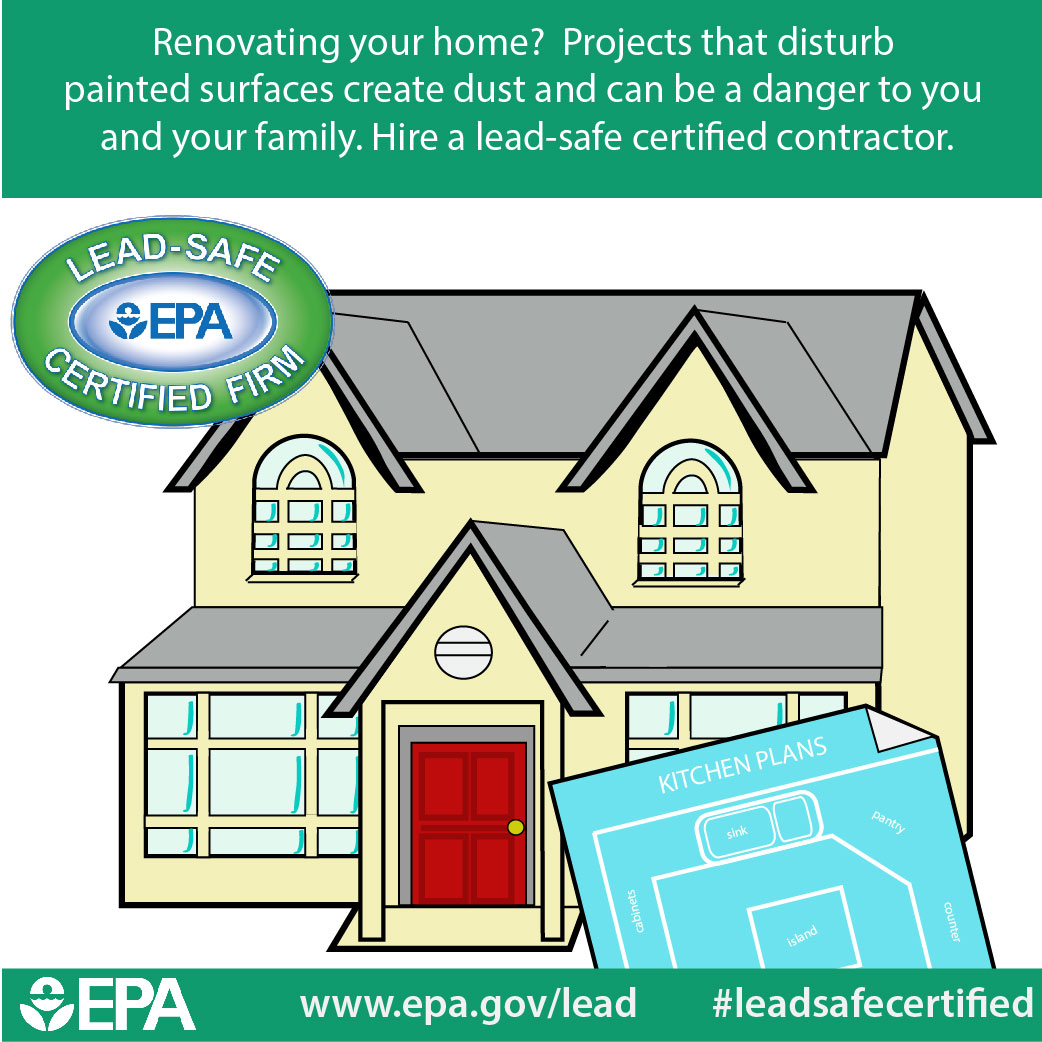Comprehending Seasonal Influences On Commercial Outside Paint: Necessary Knowledge For Success
Comprehending Seasonal Influences On Commercial Outside Paint: Necessary Knowledge For Success
Blog Article
Authored By-Carlson Browne
When you're intending a commercial external paint job, seasonal elements can make or damage your outcomes. You'll intend to take into consideration how temperature and humidity effect paint application and drying out times. Choosing the appropriate season can guarantee your paint adheres correctly and lasts longer. Yet which seasons are really the most effective for this sort of work? Allow's check out the crucial elements that can impact your task's success.
The Impact of Temperature on Paint Application
When you're intending an industrial outside painting project, the temperature can dramatically influence just how well the paint adheres and dries out.
Ideally, you wish to paint when temperature levels range in between 50 ° F and 85 ° F. If it's as well chilly, the paint may not treat effectively, resulting in issues like peeling off or cracking.
On the flip side, if it's as well warm, the paint can dry also quickly, stopping proper attachment and causing an unequal finish.
You should additionally think about the time of day; early morning or late afternoon provides cooler temperatures, which can be a lot more beneficial.
Constantly inspect shelton painting minneapolis for the certain paint you're using, as they often provide assistance on the excellent temperature level variety for ideal results.
Humidity and Its Impact on Drying Times
Temperature level isn't the only ecological factor that affects your business external paint task; moisture plays a substantial duty also. High humidity levels can slow down drying out times considerably, impacting the overall high quality of your paint job.
When the air is saturated with wetness, the paint takes longer to heal, which can result in issues like inadequate attachment and a greater danger of mildew development. If you're painting on a specifically damp day, be planned for extended wait times between layers.
It's essential to keep an eye on local weather conditions and plan accordingly. Ideally, aim for humidity levels in between 40% and 70% for optimum drying.
Keeping these factors in mind guarantees your project stays on track and provides an enduring surface.
Best Seasons for Commercial Outside Paint Projects
What's the best time of year for your industrial external painting projects?
Springtime and very early loss are normally your best bets. Throughout these periods, temperature levels are mild, and humidity degrees are frequently reduced, developing suitable problems for paint application and drying out.
Avoid summertime's intense heat, which can create paint to completely dry too promptly, causing poor adhesion and surface. Similarly, wintertime's cool temperature levels can impede correct drying out and healing, taking the chance of the durability of your paint task.
Go for days with temperatures in between 50 ° F and 85 ° F for ideal outcomes. Remember to inspect the local weather report for rainfall, as wet problems can ruin your job.
Preparation around these elements ensures your paint project runs smoothly and lasts longer.
Final thought
To conclude, preparing your business outside painting tasks around seasonal considerations can make a considerable difference in the end result. By organizing work throughout the optimal temperatures and moisture degrees, you'll ensure much better adhesion and drying out times. Keep in https://house-painters-near-me33219.popup-blog.com/33484294/residence-painters-the-hidden-component-for-a-dynamic-cozy-and-refreshing-home-ambiance to watch on local weather report and choose the right time of year-- spring and early fall are your best options. Taking https://www.marthastewart.com/8350975/paint-color-trends-2023 will help you attain a sturdy and expert finish that lasts.
